
Valve Anti-Cheat (VAC) is an anti-cheat tool developed by Valve as a component of the Steam platform, first released with Counter-Strike in 2002.
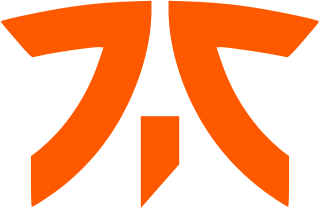
Fnatic is a professional esports organisation headquartered in London, United Kingdom. Founded on 23 July 2004, it has players from around the world competing in several games.

Counter-Strike: Global Offensive (CS:GO) is a 2012 multiplayer tactical first-person shooter developed by Valve and Hidden Path Entertainment. It is the fourth game in the Counter-Strike series. Developed for over two years, Global Offensive was released for OS X, PlayStation 3, Windows, and Xbox 360 in August 2012, and for Linux in 2014. In December 2018, Valve transitioned the game to a free-to-play model, focusing on revenue from cosmetic items.

G2 Esports is a European esports organization headquartered in Berlin, Germany, with players competing in League of Legends, Valorant, Counter-Strike 2, Hearthstone, Rocket League, Rainbow Six Siege, Fortnite, and iRacing. The organization was founded in Spain on 24 February 2014 as Gamers2 by former League of Legends pro Carlos "ocelote" Rodríguez Santiago and investor Jens Hilgers. The organization rebranded as G2 Esports on 15 October 2015.

Team Envy was an American esports franchise based in Dallas, Texas, owned by Envy Gaming. Founded in 2007 as a professional Call of Duty team under the moniker Team EnVyUs, they fielded rosters in Counter-Strike, FIFA, Fortnite, Gears of War, Halo, League of Legends, Chess, Magic: the Gathering, Overwatch, Paladins, PUBG, Rocket League, SMITE, StarCraft, Super Smash Bros., Street Fighter and Valorant. Following the merger between Envy Gaming and OpTic Gaming, Envy Gaming retired the Team Envy brand in June 2022, shifting all of them to the OpTic Gaming moniker.
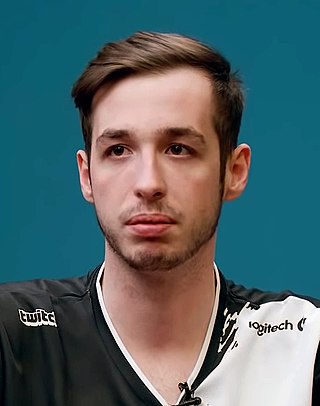
Kenny Schrub, better known as kennyS, is a French former professional Counter-Strike: Global Offensive player. He was named "eSports Player of the Year" at The Game Awards 2015. He was considered the best sniper in the game, and Duncan Shields, a Counter-Strike analyst, has called him the best player in the game prior to the sniper being changed. Some of his previous teams include Titan, VeryGames, Team LDLC.com, Recursive eSports, Clan-Mystik, Team EnVyUs and G2 Esports. He was a professional Counter-Strike: Source player before transitioning to Global Offensive in 2012. Schrub announced his retirement from competitive Counter-Strike on May 20, 2023, before the semifinal between Team Vitality and Apeks at the Blast Paris Major in Paris.
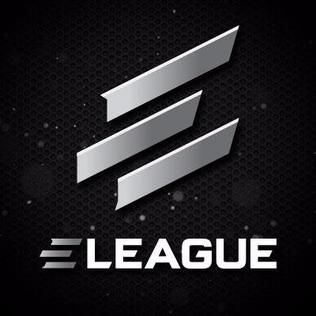
ELeague, shortened as EL, and stylized as ΞLEAGUE is an esports league and American television program that airs on TBS. It was announced in September 2015 as a partnership between Turner Broadcasting and talent agency WME/IMG. The name "ELeague" was officially unveiled later that year.

Godsent is a Swedish professional esports organization formed by Markus "pronax" Wallsten. It currently has teams competing in Counter-Strike: Global Offensive, Call Of Duty Mobile, Dota 2, Hearthstone, Rainbow Six: Siege, Apex Legends and League of Legends.

Misfits Gaming is a professional esports organization based in Boca Raton, Florida, with players competing in League of Legends, Overwatch, Call of Duty, Fortnite, and Roblox. It was founded on 18 May 2016 by Ben Spoont, initially launching as a League of Legends Challenger Series team. It is also partnered by creating a Youtube channel and a Roblox gaming studio called Pixel Playground created by Karl Jacobs and popular Roblox YouTuber KreekCraft on the 24 March 2023.
The Counter-Strike match fixing scandal was a 2014 match fixing scandal in the North American professional scene of Counter-Strike: Global Offensive (CS:GO). It involved a match between two teams, iBUYPOWER and NetCodeGuides.com, where questionable and unsportsmanlike performance from the team iBUYPOWER, then considered the best North American team, drew suspicion, resulting in a loss for the team; allegations quickly surfaced afterwards that the match was fixed. More decisive evidence and punishments would come half a year later, after an expository article was published by esports journalist Richard Lewis.
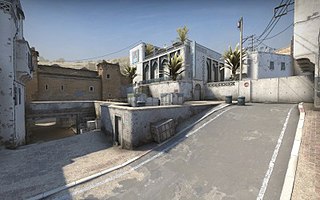
"Dust II", also known by its filename de_dust2, is a video game map featured in the first-person shooter series Counter-Strike. Dust II is the successor to "Dust", another Counter-Strike map, and was developed by David Johnston before the official release of the original Counter-Strike game. It was designed with the aims of simplicity and balance, based on its symmetrical design and two points, over which the two teams must fight for control.

Richard Landström, better known as Xizt, is a Swedish former professional Counter-Strike player and coach who is the current head coach of Ninjas in Pyjamas.
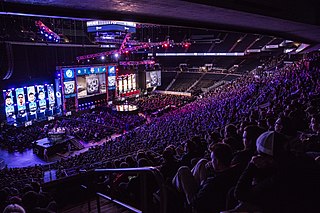
Professional Counter-Strike competition involves professional gamers competing in the first-person shooter game series Counter-Strike. The original game, released in 1999, is a mod developed by Minh "Gooseman" Le and Jess Cliffe of the 1998 video game Half-Life, published by Valve. Currently, the games that have been played competitively include Counter-Strike, Counter-Strike: Condition Zero (CS:CZ), Counter-Strike: Source (CS:S), Counter-Strike: Global Offensive (CS:GO), and Counter-Strike 2 (CS2). Major esports championships began in 2001 with the Cyberathlete Professional League Winter Championship, won by Ninjas in Pyjamas.

Valorant is a 2020 first-person tactical hero shooter video game developed and published by Riot Games. A free-to-play game, Valorant takes inspiration from the Counter-Strike series, borrowing several mechanics such as the buy menu, spray patterns, and inaccuracy while moving. Development started in 2014 and was teased under the codename Project A in 2019; the game was released on June 2, 2020 for Windows. It was ported to the Xbox Series X/S and PlayStation 5 in June 2024, albeit without crossplay between PC and console clients.
Cheating in esports is a deliberate violation of the rules of an esports governing body or other behavior that is intended to give an unfair advantage to a player or team. At its core, esports are video game competitions in an organized, competitive environment. Tournaments often pay out prize money to the highest placing teams in these events, giving players an incentive to cheat. Commonly cited instances of cheating include the use of software cheats, such as aimbots and wallhacks, exploitation of bugs, use of performance-enhancing drugs, such as Ritalin and Adderall, and match fixing.

Overwatch is a multimedia franchise centered on a series of multiplayer first-person shooter (FPS) video games developed by Blizzard Entertainment. Overwatch was released in 2016 with a successor, Overwatch 2, released in 2022. Both games feature hero-based combat between two teams of players vying over various objectives, along with other traditional gameplay modes.
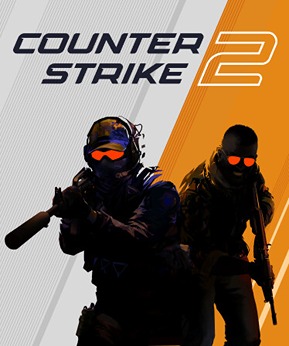
Counter-Strike 2 is a 2023 free-to-play tactical first-person shooter game developed and published by Valve. It is the fifth entry in the Counter-Strike series, developed as an updated version of the previous entry, Counter-Strike: Global Offensive (2012). The game was announced on March 22, 2023, and was released on September 27, 2023, for Windows and Linux, replacing Global Offensive on Steam.

Inferno, also known by its filename de_inferno, is a multiplayer map in the Counter-Strike series of first-person shooter video games by Valve Corporation. The map was first created for the original Counter-Strike in a 2001 update and has subsequently appeared in each series entry. While considered a traditional map in the series, its design differs from maps such as Dust II, featuring many hiding spots and branching, narrow paths.

"Nuke", also known by its filename de_nuke, is a multiplayer map in the Counter-Strike series of first-person shooter video games by Valve Corporation, centered around bomb defusal. Set outside and inside the premises of a nuclear power plant as counter-terrorists attempt to repel a devastating attack, it was first released in November 1999 for the original Counter-Strike. It received a significant redesign in 2016 for Counter-Strike: Global Offensive as part of the "Operation Wildfire" update, which added more realistic detail and tweaked its layout. Another update was made to the map in 2018. It is used heavily in competitive play, and continues to be divisive for its design even after its revamp due to its complex layout and large open areas. It is notorious for being a haven for the defending team.

















